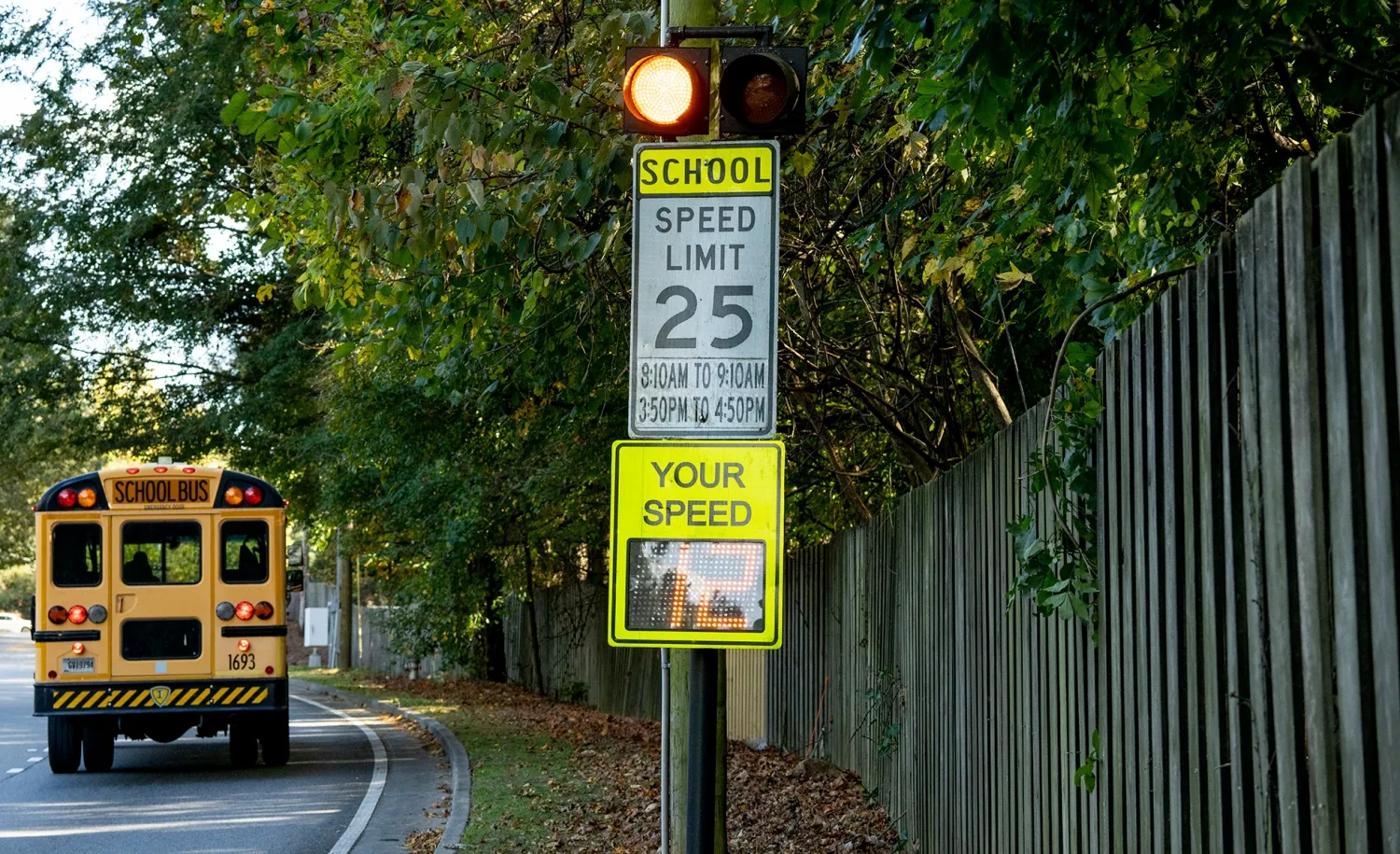
Miovision has made its sixth acquisition, buying Vehicle to Everything (V2X) technology provider Traffic Technology Services (TTS).
“TTS is the pioneer in V2X services, and over the past 10 years, this team has established relationships with public traffic agencies and traffic control companies around the world to make V2X a reality,” said Miovision CFO Joe Custer.
TTS provides the connection to traffic infrastructure that powers solutions such as the in-car product Audi Traffic Light Information, which helps drivers identify optimum speeds to avoid red lights and reduce fuel consumption.
“TTS’s patented technology is the only real-time 'situational awareness' service directly available to drivers through the vehicle’s instrument panel offering a differentiated driver experience," Custer continues.
Miovision says TTS has agreements with 180 agencies, providing insights from 80,000 signalised intersections, to power in-vehicle solutions while providing traffic network data insights to traffic agencies.
“Becoming part of Miovision immediately helps us expand the footprint and scope of our services,” said Thomas Bauer, CEO of TTS. “Miovision’s relationships with agencies – including transportation, emergency services and transit agencies – provide exciting new opportunities to deliver compelling connected vehicle applications and services.”
Miovision financed the deal partly through debt financing provided by Export Development Canada (EDC).
“TTS’s V2X technology is a critical element in the future of intelligent traffic management, improving the overall experience and safety for the driver and municipalities around the world,” said Rami Gabriel, vice president, mid-market growth business at EDC.
TTS staff will become Miovision employees. TTS’s 11 patents, covering applications relevant to improving transit and emergency vehicle response as well as traffic signal optimisation, are part of the deal.
Miovision will now have a presence at 170,000 intersections, the firm says.
In the past three years, it has bought Traffop (signal performance measures), Rapid Flow (adaptive signal control), MicroTraffic (safety analytics), Global Traffic Technologies - GTT (traffic signal preemption & priority) and CJ Hensch (traffic data collection services).








